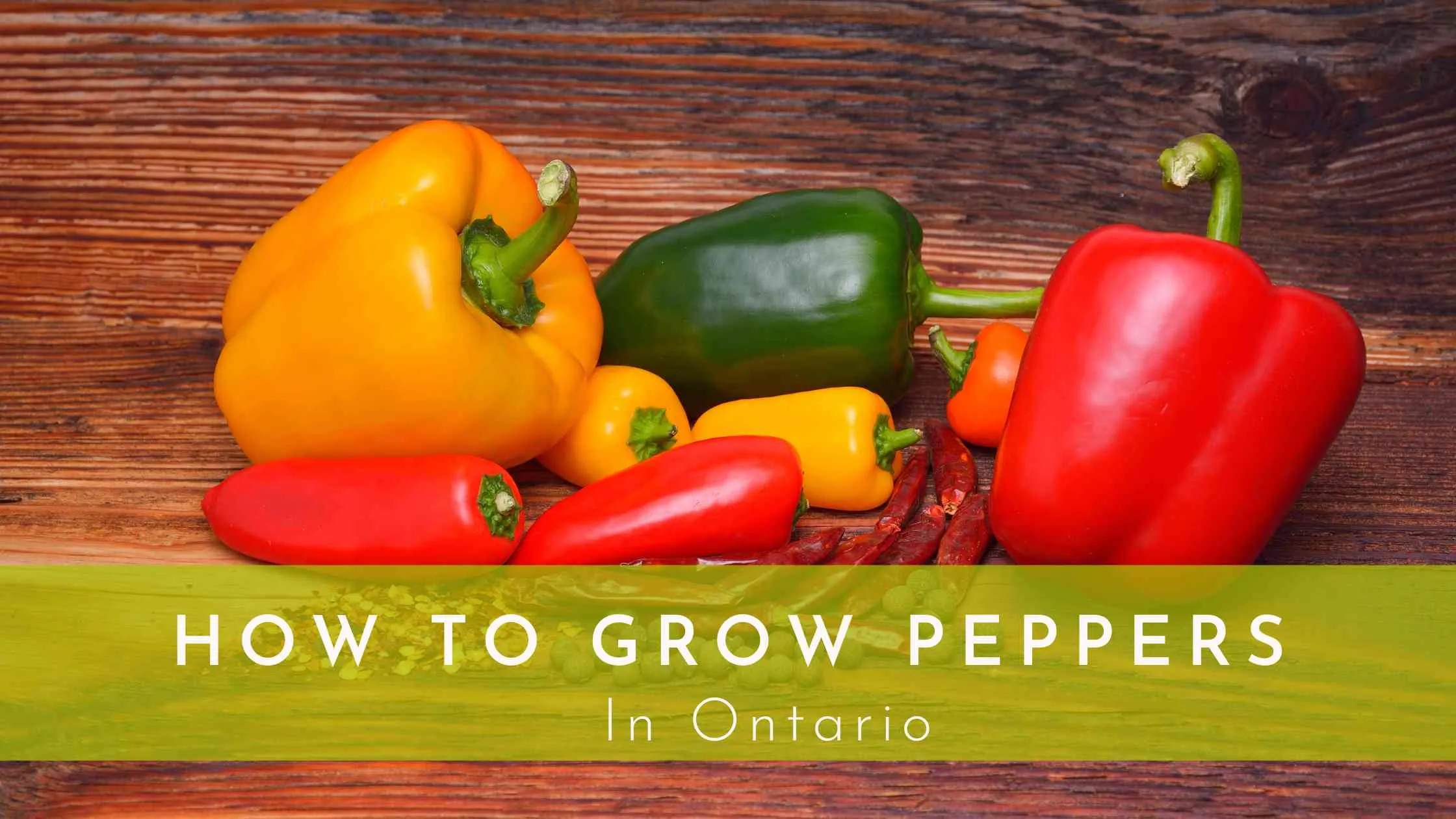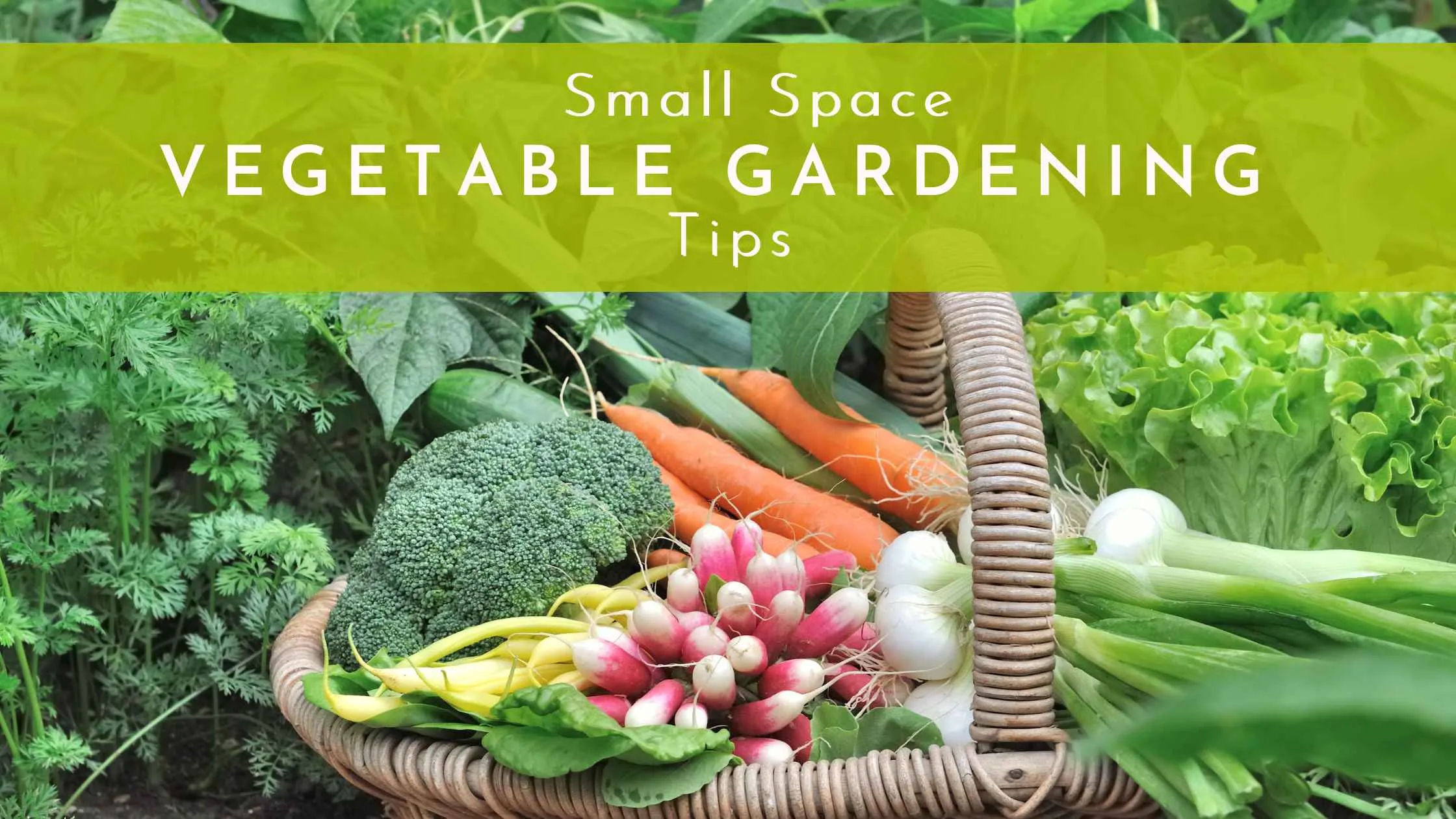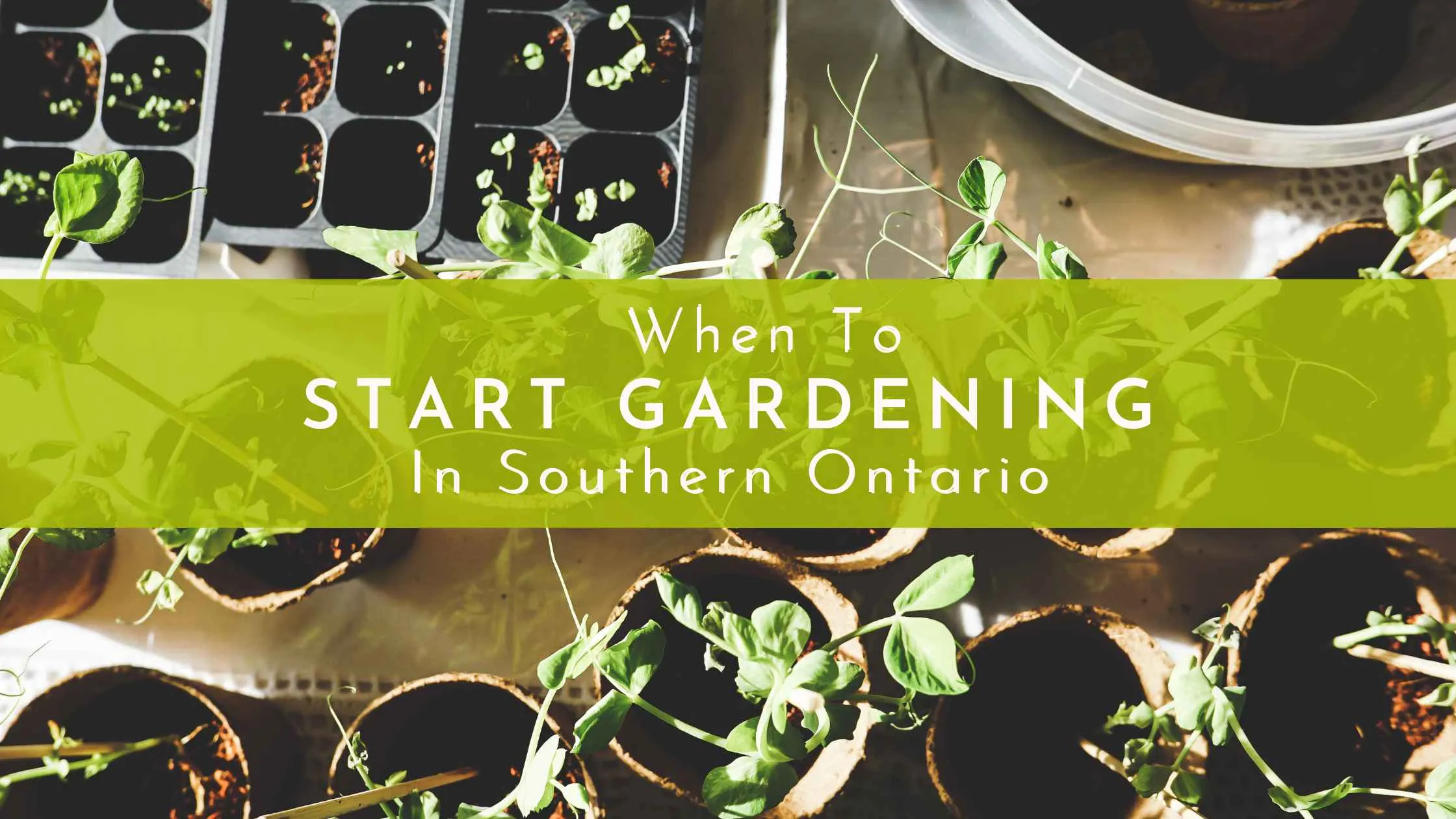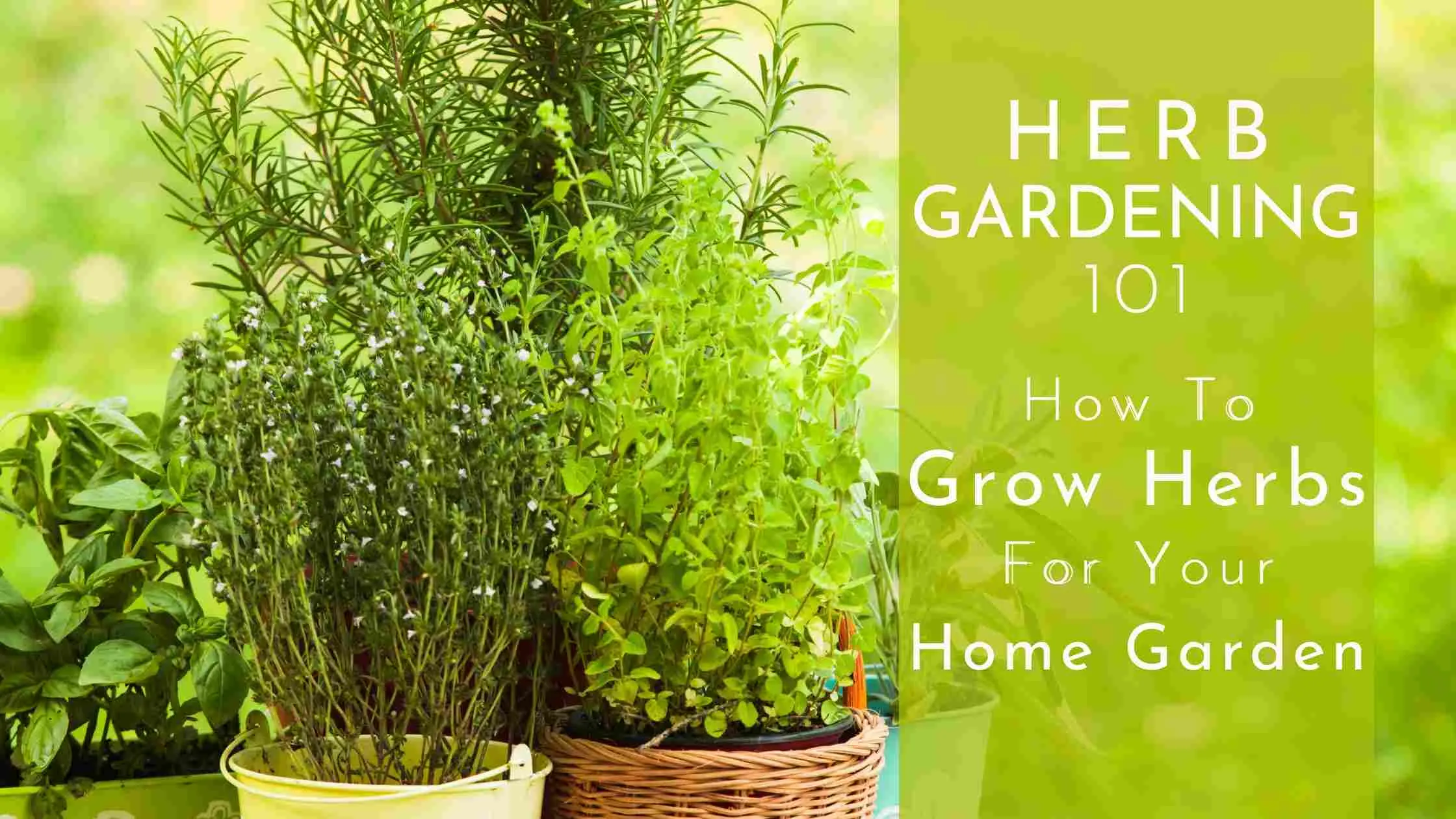The Best Cool Season Vegetable Crops to Grow in Brampton Ontario
Why wait for summer when you can plant cool-season vegetable crops in Brampton Ontario?
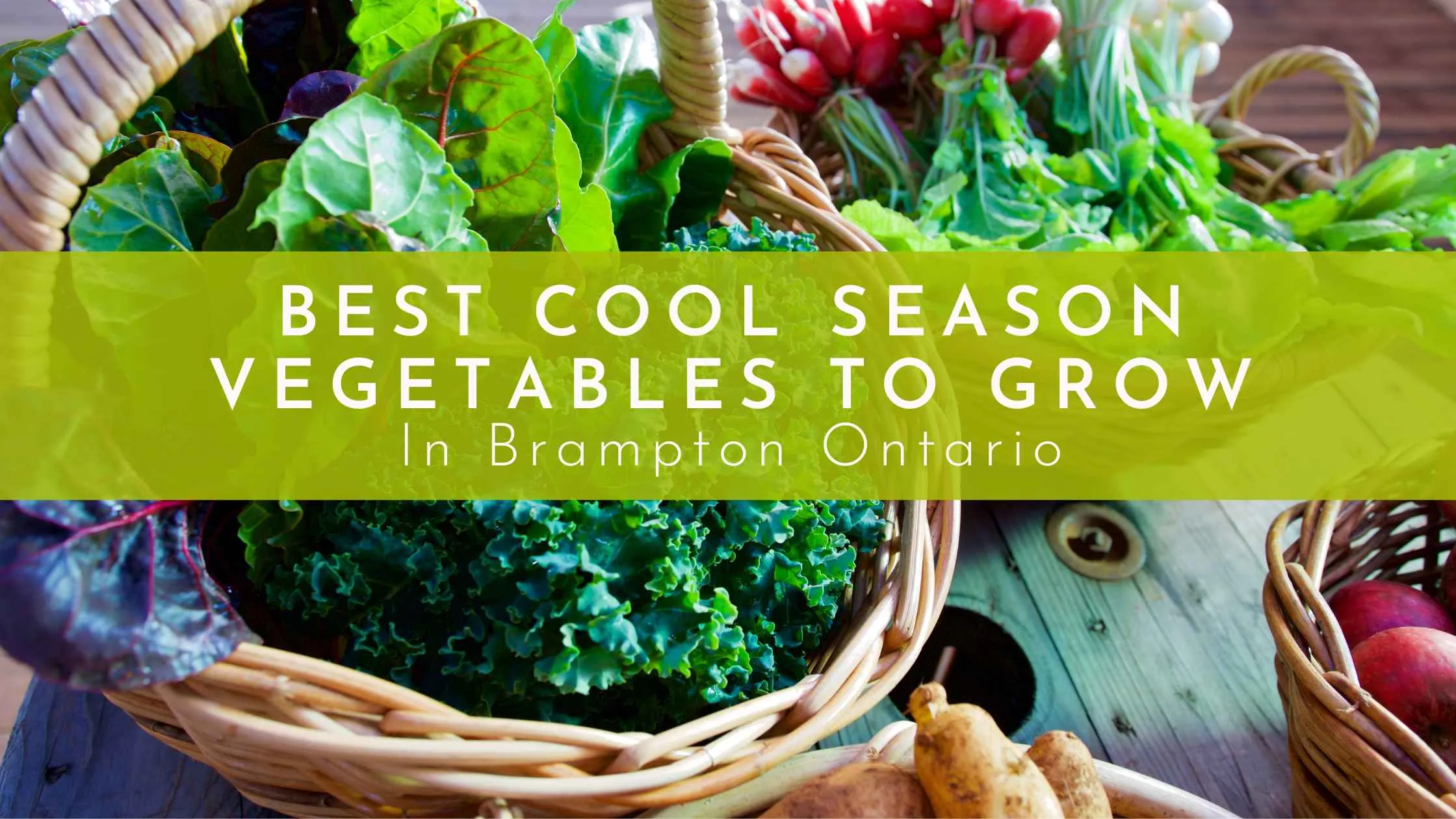
You might be surprised that many cool-season vegetables are more flavorful and grow better during the cool temperatures of spring and early summer. For instance, spinach and lettuce should only be grown during cooler months as they can bolt in hot climates.
Keep reading to learn more about the veggies that thrive during the cooler months in Brampton Ontario.
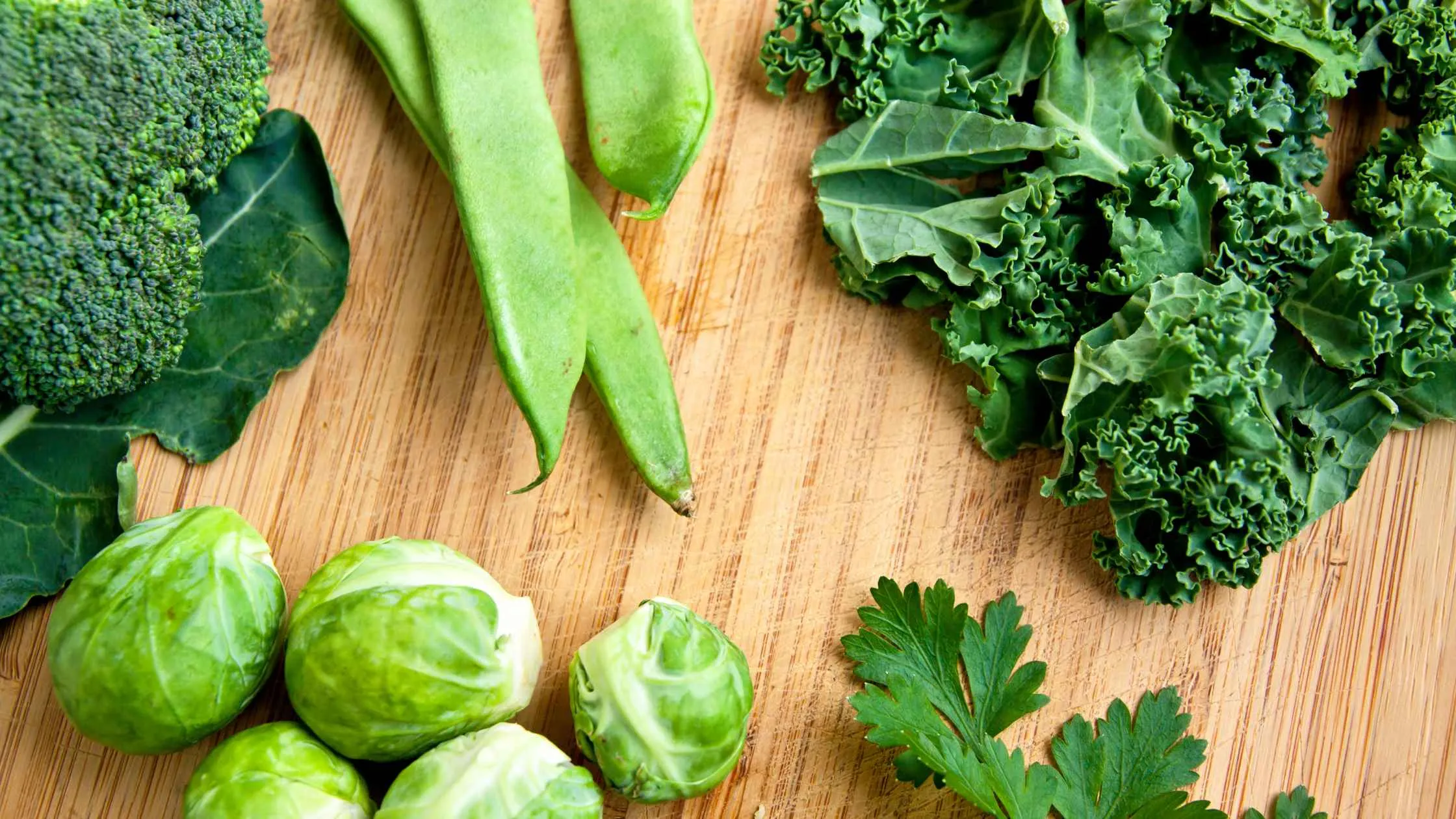
What Are Cool Season Vegetable Crops?
Cool-season plants are ideal for planting in early spring (or fall). These crops grow better in the cooler months of the year. They can germinate in cooler soil and can mature in short daylight with cool temperatures.
Cool-season vegetables are grown for their roots, leaves, and immature flowers. The colder temperature enhances and improves the texture and flavor of these vegetables.
Some vegetable crops like lettuce, onions, and peas can germinate at very low temperatures. So you can plant them as soon as the soil is unfrozen and workable. The most preferred temperature for these crops is under 2°C/ 35 °F.
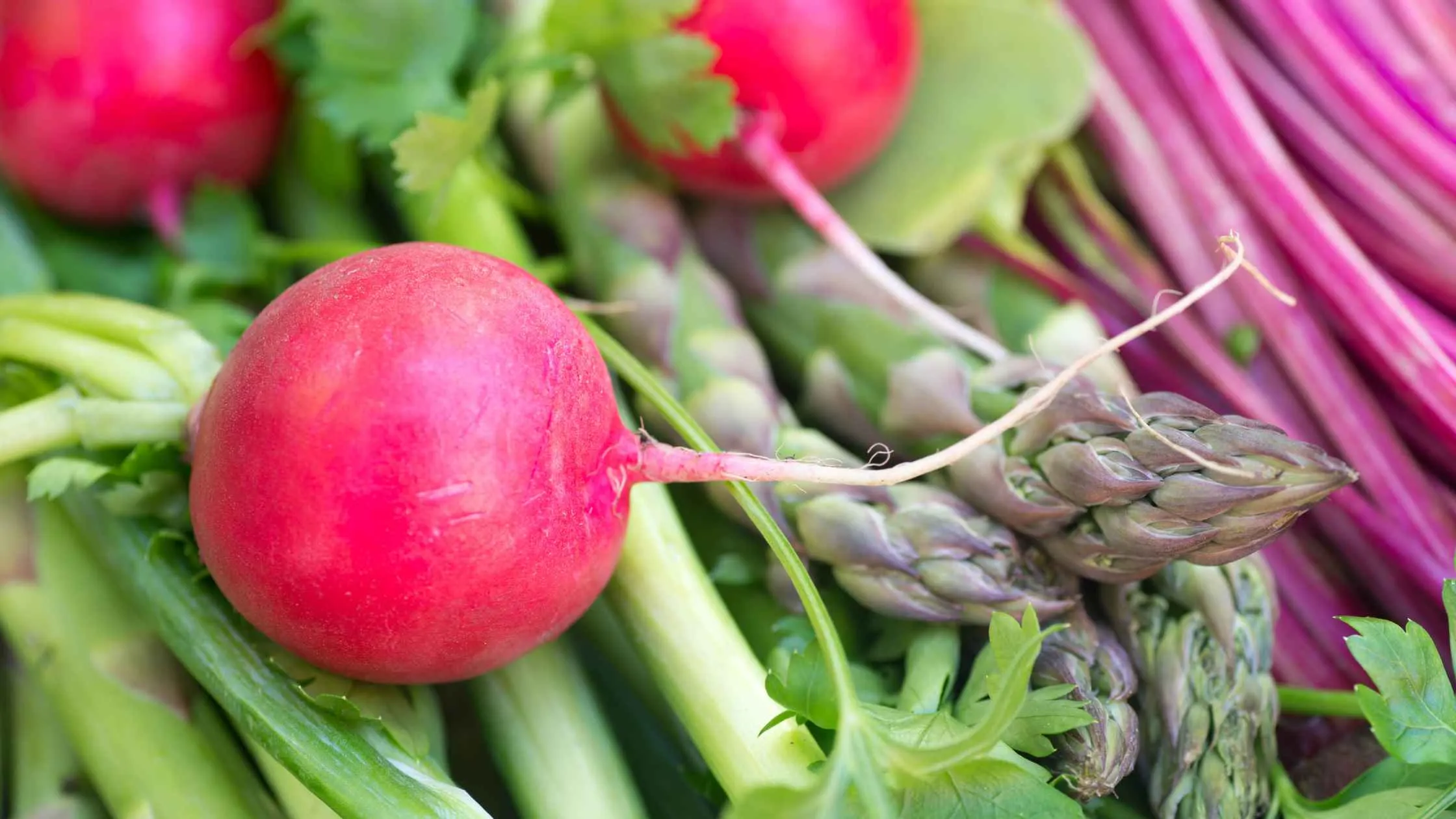
Difference Between Cool Season And Warm Season Vegetables
The following are the main differences between cool-season vegetables and warm-season vegetables. Knowing the difference between the two will save you from many gardening problems.
- Cool-season crops thrive in cold daytime temperatures and cool soil, while warm-season vegetables usually require warmer temperatures and soil for proper growth.
- Cool-season green veggies like lettuce, cauliflower, and broccoli can tolerate light frost but warm-season vegetables like tomatoes and pepper will be ruined even during light night frost.
- Unlike warm-season vegetables that are typically planted around mid-May, you can plant cool-season crops as early as the middle of April.
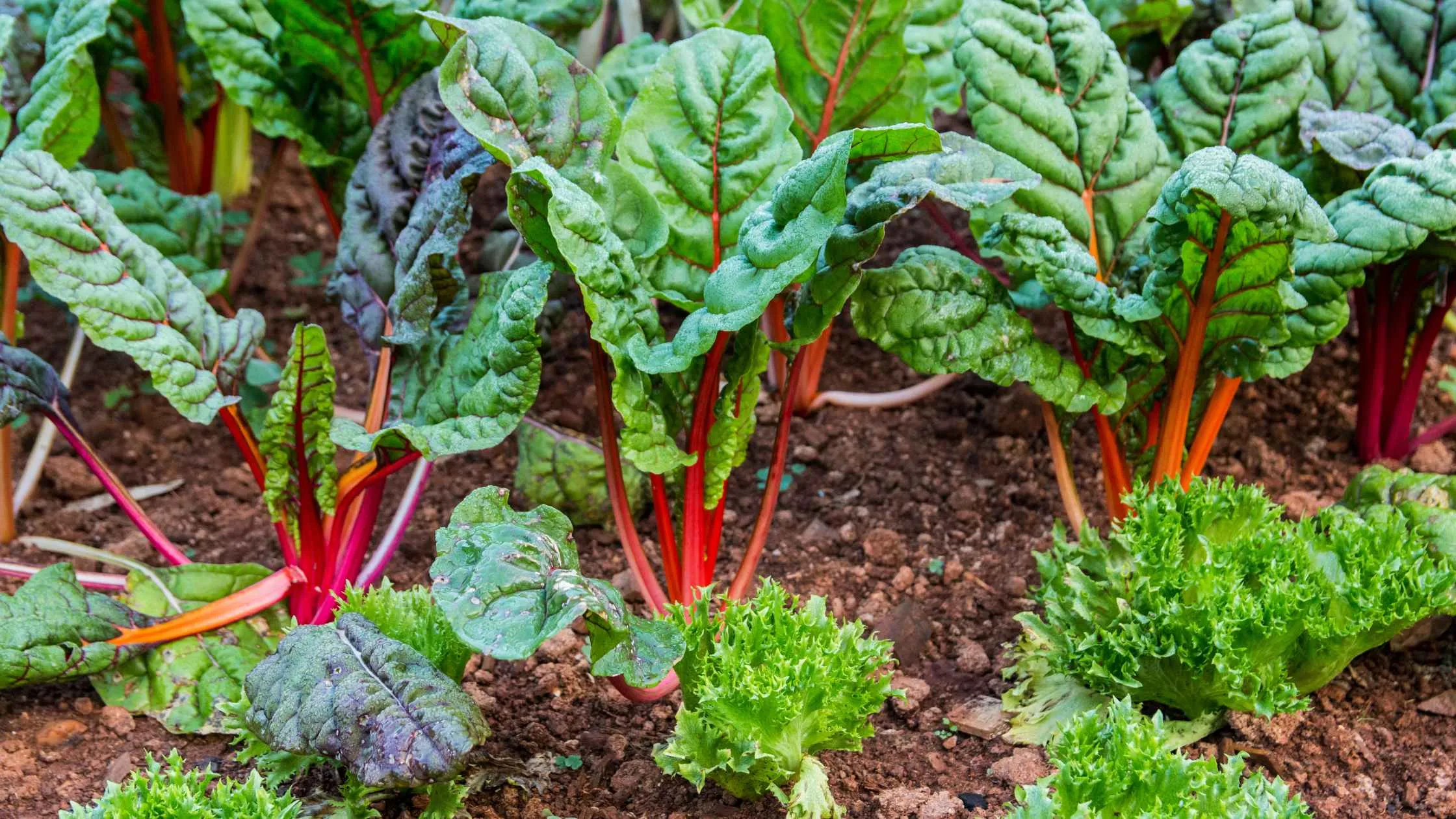
Different Types Of Cool Season Crops
Cool-season crops can be further divided into hardy and semi-hardy crops. Both these categories have different abilities to tolerate cool temperatures.
1. Hardy Cool Season Vegetables
Hardy vegetables are the ideal crops for cool-season planting. They can withstand cooler temperatures and frost better than all other crops. Their seeds can germinate better in cold soil and seedlings can easily survive mild and sometimes even the occasional heavy frost (with protection) at night. However, if the weather forecast predicts continuous frost or long periods of heavy frost, make sure you protect the plants using covers or sheets.
To save your plants, you can also place fabric covers on them in the evening and remove them during the daytime.
Hardy cool crops can grow in daytime temperatures as low as 4°C/ 40°F. It is better to start their seeds or transplant them two or three weeks before the last spring frost date.
Some hardy vegetables that can be directly planted are peas, radishes, spinach, kale, kohlrabi, and turnips. Other vegetables that should be started indoors first are cabbage, broccoli, brussels sprouts, onions, collards, and rutabaga.
2. Semi-Hardy Cool Season Crops
Semi-hardy cool-season vegetables can tolerate light frost. You can plant them when the average daytime temperature is between 4 to 10°C / 40 to 50°F. The seeds can be planted two weeks before the average last spring frost date in your area.
Most semi-hard crops should be started indoors but some can also be planted directly in the garden. Semi-hardy vegetables that you can start indoors are celery, cauliflower, and artichoke. While the ones that can be planted directly are Asian greens, beets, arugula, lettuce, carrots, endive, salsify, swiss chard, and potatoes.
Some cold-season crops that are not affected by light frost are asparagus, broccoli, brussels sprouts, cabbage, garlic, broad beans, horseradish, kale, onion, leek, pea, radish, shallot, spinach, turnip, and kohlrabi.
There are some cool season crops that might be affected by frosts, including, beets, carrots, celery, cauliflower, chard, Chinese cabbage, endive, lettuce, parsnip, potato, swiss chard, and mustard.
Planting Cool Season Vegetable Crops
You can start most cold-weather food crops six to eight weeks before the last frost date. When you feel the weather is right for the seedlings, transplant them to their original location.
While you are transplanting your cool-weather seedlings, make sure you have enough room for the warm/hot-weather crops. As the cool season crops are often ready for harvesting around the time when you are transplanting your hot weather crops, it is better to save some room for them.
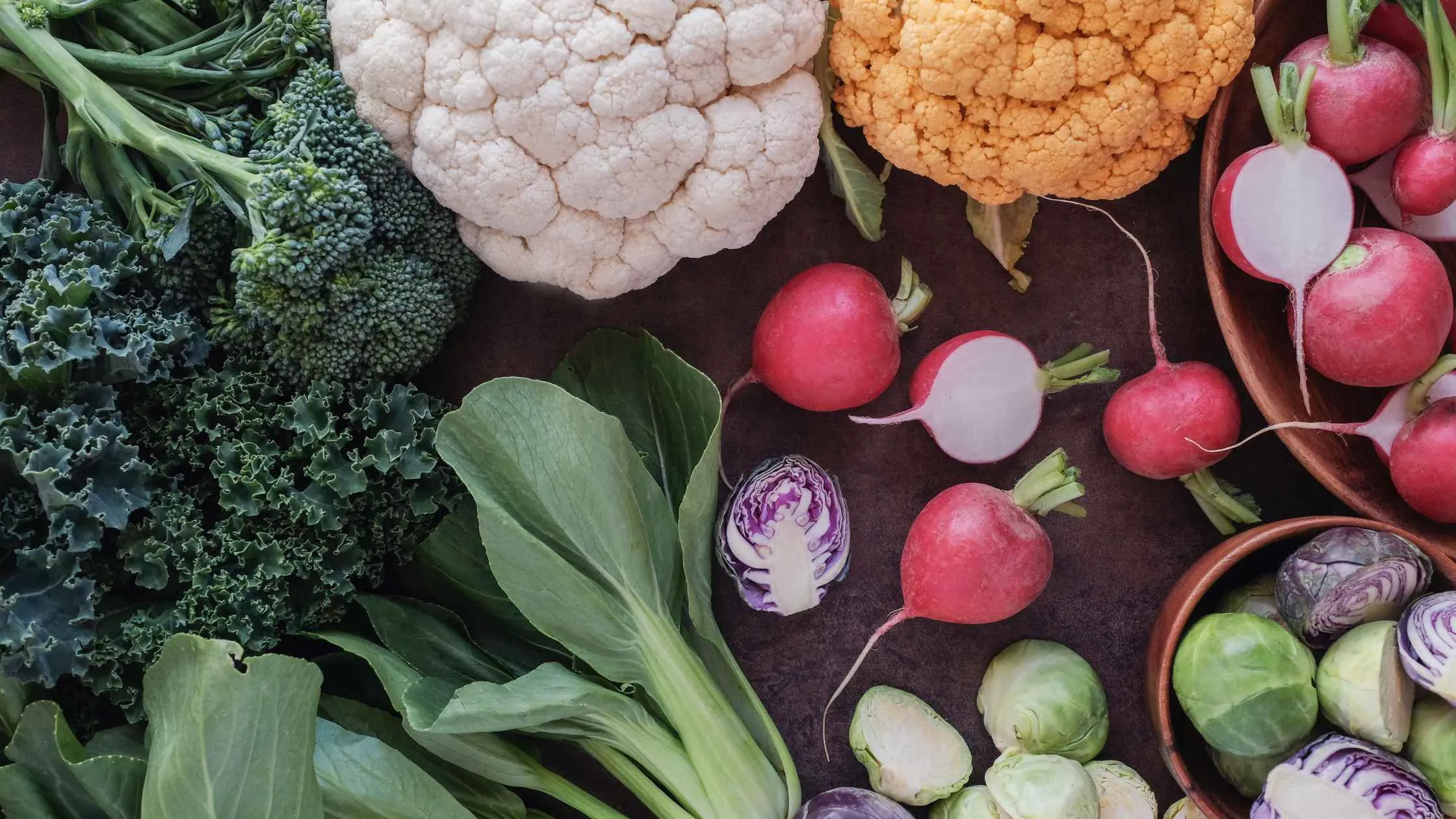
Tips For Successfully Growing Cool Season Vegetables
To grow better cool-season vegetables you need to know what and when the seeds should be planted. The following are some tips and tricks to help your cool-season vegetable crops prosper:
1. Know the best time to plant cool/cold weather seeds
As discussed above, cool-season crops can thrive in cooler weather and soil. These plants can be planted during early spring. The best part about planting these crops is that there are two growing seasons for growing them — spring and fall.
If you are going to plant the seeds in spring, make sure you plant them during the cool spring season, before the weather gets really hot. For the next season - fall - you should sow the seeds directly in your garden during late summer. If you are planning your winter crops during early summer, start the seeds indoors and transplant them later in the summer.
2. Prepare yourself for anything
Weather can be unpredictable at times. We can predict generally what is going to happen, but every now and then, something unexpected happens. So be prepared for anything.
In the spring and fall the weather can vary considerably. So be ready with frost covers or shade covers to protect your seedlings from hard frosts or warmer-than-normal temperatures.
3. Consult experts
Sometimes, home gardeners get confused about what cool-season plants can thrive better in their area. If you are unsure about selecting cool-season crops, you can consult local resources such as a nursery, your garden coach or consultant, or even a local cooperative extension office, if available. They will guide you to grow the right type of plants in your area.
4. Measure soil temperature
To have a successful harvest from your cool-season crops, you should start the plants at the right time and at the right temperature of the soil. Whenever you are planting seeds or transplanting them, measure the temperature of the depth of soil, where you are going to sow the seeds.
You can easily get your soil thermometer from local garden centers. If you don’t find one, check the temperature of the soil by using an ordinary thermometer.
5. Sow seeds in batches one week apart
Early spring can be very unpredictable. You can have a hard frost at any time. To stay on the safe side, sow different batches of each crop. If anything bad happens to one batch, you can always enjoy the harvest from the second one.
6. Favorable growing temperature for cool season vegetables
The ideal temperature for these crops is usually around 15 degrees less than the temperature needed for warm-season crops.
Hot weather can badly affect the quality of the plants. So avoid planting when the temperature is above 26°C / 80°F. Vegetable plants can produce seeds in warm temperatures, which makes the vegetables bitter and have a tougher texture.
If the nighttime temperature of your area is 4°C / 40°F, you can start cool season crops. But if the daytime temperature is less than 4°C, it might be hard to grow these crops, as the nighttime temperature will be below the freezing point and it can damage your crops.
Cool Season Vegetables You Can Grow:
Here are some cool season vegetables that you can start in your garden in Brampton Ontario:
Cool Season Root Crops
- Carrots
- Beets
- Radishes
- Turnips
- Parsnips
- Garlic (plant in the Fall)
- Leeks
- Onions
- Bunching Onions
- Shallots
- Salsify
- Potatoes
- Rutabaga
Cool Season Leafy Vegetables
- Lettuce
- Spinach
- Arugula (rocket)
- Claytonia
- Mache
- Mizuna
- Swiss Chard
- Mustard Greens
- Asian Greens
- Pak Choi (Bok Choi)
- Tot Soy
- Endive
- Radicchio
Cabbage Family Cool Season Vegetables
- Broccoli
- Cabbage
- Cauliflower
- Kohlrabi
- Kale
- Collards
- Brussel Sprouts
- Sprouting Broccoli
Cool Season Herbaceous Plants
- Fennel
- Cilantro
- Parsley
Other Cool Season Crops
- Artichokes
- Asparagus
- Cress
- Peas
- Rhubarb
- Celery and Celeriac
Are you ready to get your garden started with cool-season crops? Chat with our garden consultant to get started now.

